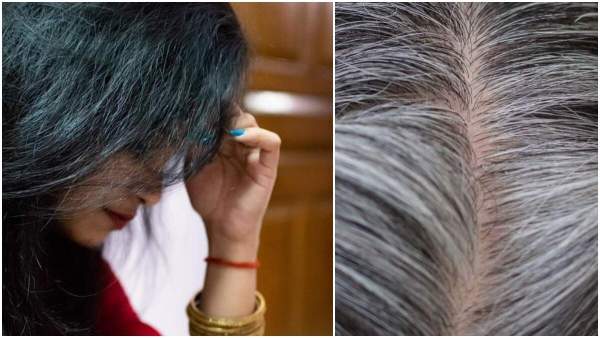An inverter is essential for power backup, but maintaining its battery is equally important. One of the key factors affecting battery performance and lifespan is water levels. Over time, water inside the battery evaporates, reducing efficiency. Many people are unaware of the right time and method to refill the battery. This guide will help you understand when and how to add water to your inverter battery for long-lasting performance.
Which Water Should Be Used in the Battery?✔️ Only distilled water should be added to the inverter battery.
✔️ Tap, mineral, or filtered water contains impurities and minerals that can cause chemical deposits on the battery plates, reducing efficiency.
✔️ Distilled water costs around ₹150-₹200 per can, but it significantly enhances battery life.
🔹 If the inverter is used frequently → Check the water level every 3 months.
🔹 If usage is low → Check and refill every 6 months.
🔹 Follow manufacturer guidelines for the best results.
1️⃣ Turn off the inverter and unplug it for safety.
2️⃣ Open the battery caps carefully.
3️⃣ Check the water level – add fresh water only if it's low.
4️⃣ Slowly pour distilled water, ensuring it does not overflow.
5️⃣ Secure the caps and wipe the battery clean.
6️⃣ Turn the inverter back on and check its functionality.
❌ Overheating, reducing battery efficiency.
❌ Shorter battery life, leading to frequent replacements.
❌ Reduced power backup during electricity outages.
Regular maintenance and timely water refilling are crucial for long-lasting inverter performance. Always use distilled water and follow a scheduled checkup routine to prevent battery damage and ensure uninterrupted power supply.









